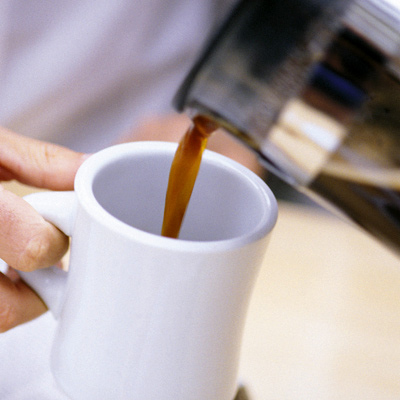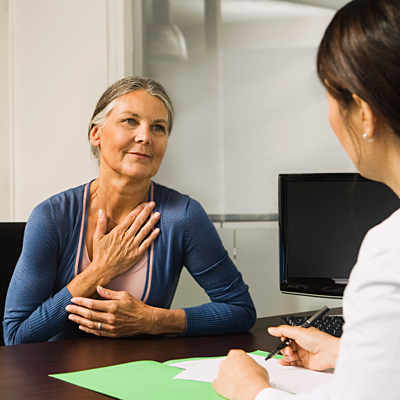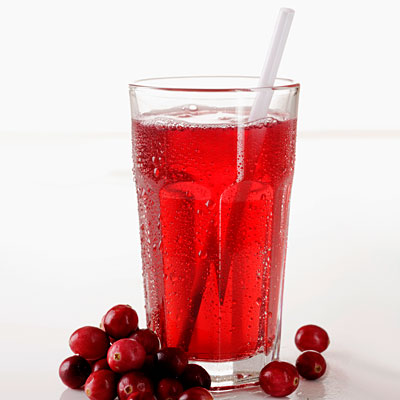
Cut down on caffeine
Caffeine, a diuretic, can contribute to bladder irritation and stimulate muscle contractions, which can both cause incontinence. It may also excite the bladder through its actions in the brain. Reducing your caffeine intake, or cutting out caffeine completely, is particularly beneficial if you have urge incontinence.

Kegel, kegel, kegel
Kegel exercises—which involve flexing the same muscles you use to stop the flow of urine—are top on the list of remedies for incontinence. A physical therapist can tell you how to do them and how often; you may see an improvement after six to 12 weeks of continued practice.

Keep up your vitamin D
Women with adequate levels of vitamin D are less likely to have incontinence. Some people may be short on the sunshine vitamin, particularly if they have darker skin (dark skin blocks the sun that triggers vitamin production) and live in northern latitudes. Be sure to meet your daily requirement (600 IU of vitamin D a day for women) with fortified milk, eggs, and fish.

Try biofeedback
During biofeedback, electrical sensors monitor muscles and allow you to get a sense of what’s happening in your body—and make changes that reduce incontinence. Biofeedback can help you identify which muscles you should be contracting during your Kegels, and guide you in strengthening them further.

Don’t overdo the cranberry juice
Because it’s often used to help control urinary tract and bladder infections, many people wrongly assume that cranberry juice can also help with an overactive bladder. Unfortunately, cranberry juice can actually make symptoms worse, due to its acidic pH.
http://www.health.com 9:11 AM
9:11 AM
 About the World
About the World


0 comments:
Post a Comment